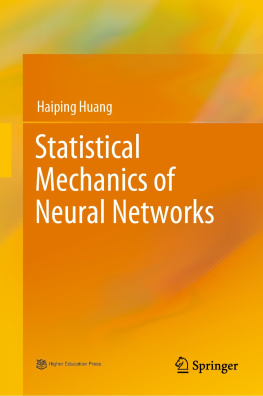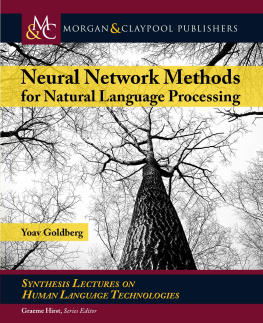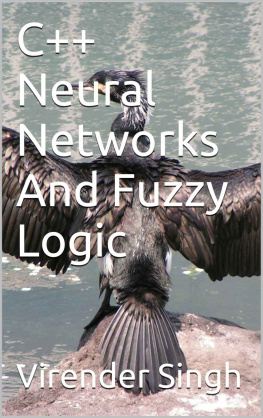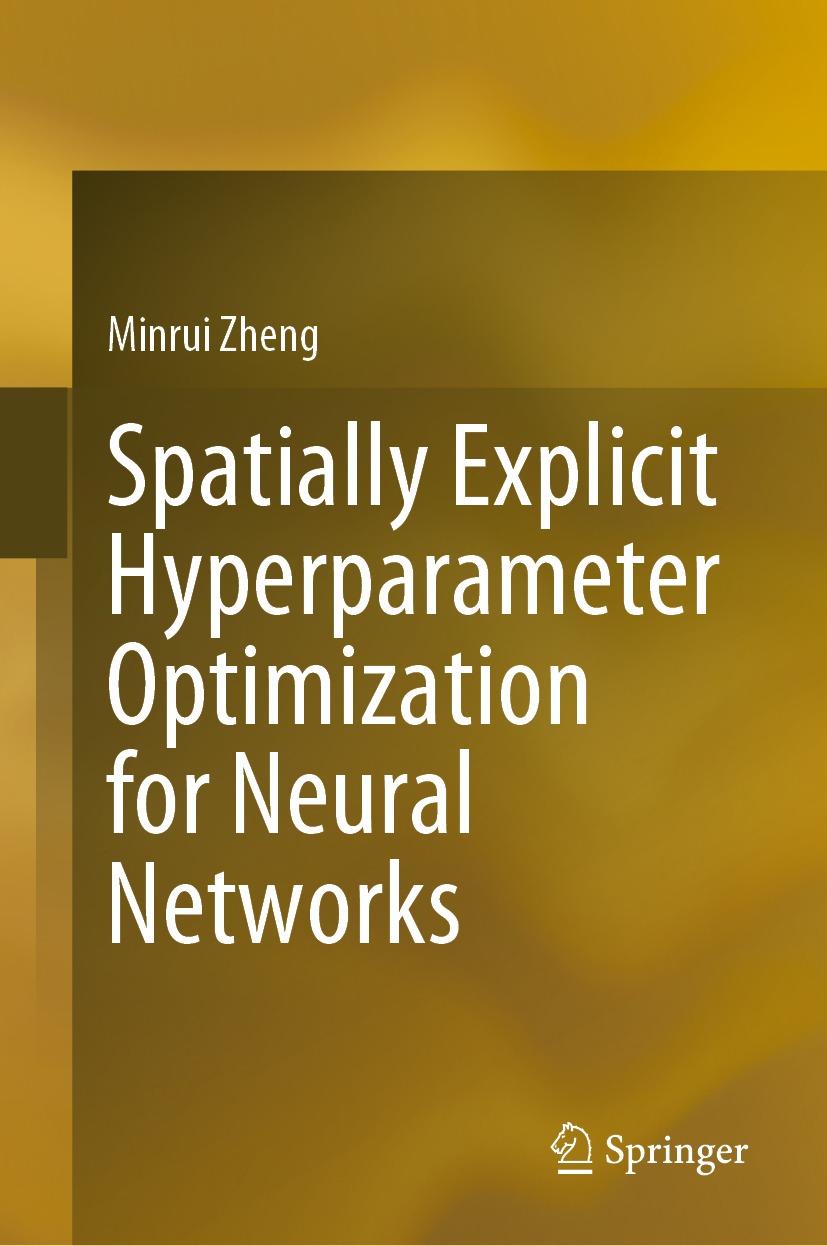Minrui Zheng - Spatially Explicit Hyperparameter Optimization for Neural Networks
Here you can read online Minrui Zheng - Spatially Explicit Hyperparameter Optimization for Neural Networks full text of the book (entire story) in english for free. Download pdf and epub, get meaning, cover and reviews about this ebook. year: 2021, publisher: Springer, genre: Romance novel. Description of the work, (preface) as well as reviews are available. Best literature library LitArk.com created for fans of good reading and offers a wide selection of genres:
Romance novel
Science fiction
Adventure
Detective
Science
History
Home and family
Prose
Art
Politics
Computer
Non-fiction
Religion
Business
Children
Humor
Choose a favorite category and find really read worthwhile books. Enjoy immersion in the world of imagination, feel the emotions of the characters or learn something new for yourself, make an fascinating discovery.
- Book:Spatially Explicit Hyperparameter Optimization for Neural Networks
- Author:
- Publisher:Springer
- Genre:
- Year:2021
- Rating:4 / 5
- Favourites:Add to favourites
- Your mark:
Spatially Explicit Hyperparameter Optimization for Neural Networks: summary, description and annotation
We offer to read an annotation, description, summary or preface (depends on what the author of the book "Spatially Explicit Hyperparameter Optimization for Neural Networks" wrote himself). If you haven't found the necessary information about the book — write in the comments, we will try to find it.
Neural networks as the commonly used machine learning algorithms, such as artificial neural networks (ANNs) and convolutional neural networks (CNNs), have been extensively used in the GIScience domain to explore the nonlinear and complex geographic phenomena. However, there are a few studies that investigate the parameter settings of neural networks in GIScience. Moreover, the model performance of neural networks often depends on the parameter setting for a given dataset. Meanwhile, adjusting the parameter configuration of neural networks will increase the overall running time. Therefore, an automated approach is necessary for addressing these limitations in current studies. This book proposes an automated spatially explicit hyperparameter optimization approach to identify optimal or near-optimal parameter settings for neural networks in the GIScience field. Also, the approach improves the computing performance at both model and computing levels. This book is written for researchers of the GIScience field as well as social science subjects.
Minrui Zheng: author's other books
Who wrote Spatially Explicit Hyperparameter Optimization for Neural Networks? Find out the surname, the name of the author of the book and a list of all author's works by series.














